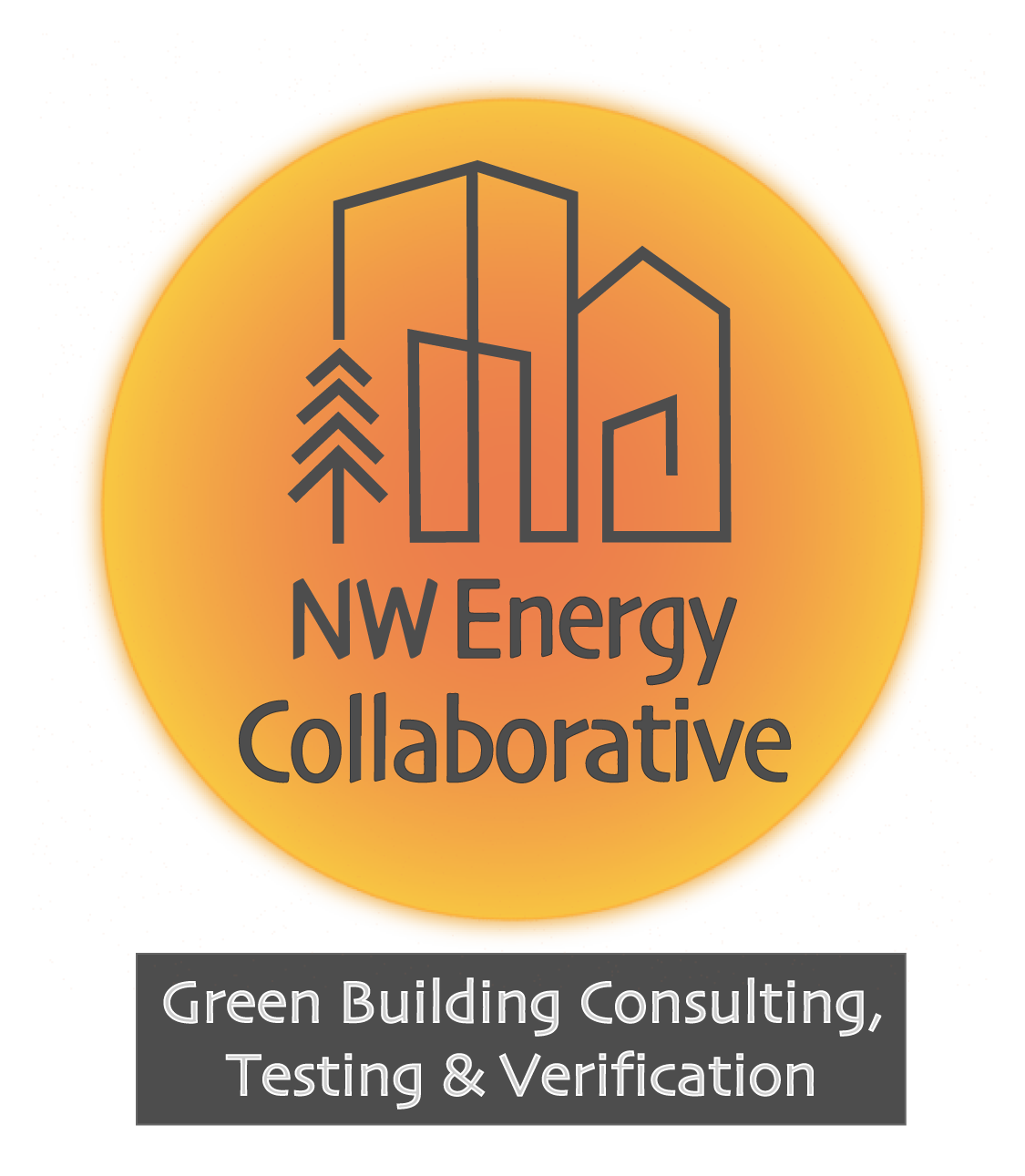5 Reasons Developers Should Use A Third-Party Green Building Verification Company
Building code is advancing exponentially in most US states. Oregon, in particular, is renowned for its stringent building codes, prioritizing safety, environmental sustainability, and resilience in changing climate conditions. Ensuring compliance with industry regulations and standards has become critical for new and existing renovation construction projects. Third-party compliance services have emerged as valuable players in this process, not only for Green Building Certifications but also to ensure the project stays on track. From cost reduction to building preservation, here is a list of five compelling advantages of incorporating third-party compliance into construction projects.
Cost Savings and Tax Incentives
Third-party compliance services lead to cost savings by identifying compliance issues early and preventing fines, penalties, and delays. Streamlined compliance processes reduce administrative overhead, enabling accurate resource allocation. Additionally, third-party compliance can unlock the full potential of various tax incentives to maximize savings on your project. Green building certifications are frequently mandated for Low-Income Housing Tax Credit (LIHTC) funding, serving as a prerequisite for participation in the Green Retrofit for Affordable Properties (GRRP) program, enabling developers to access incentives and support for sustainable construction and renovation projects in affordable housing.
Expertise and Knowledge
In Oregon, where energy codes are among the most strict in the country, compliance with the Oregon Residential Specialty Code (ORSC) for residential buildings and the Oregon Structural Specialty Code (OSSC) for commercial structures is crucial. Meeting envelope, air barrier, and thermal boundary requirements can be complex. Third-party compliance providers bring specialized knowledge, staying updated with codes and guidelines to ensure your project aligns with best practices, helping you avoid costly mistakes and delays or, even worse, dreaded callbacks.
Risk Mitigation
Green building certification and third-party verification reduce risk for general contractors by providing clear, standardized sustainability criteria and performance benchmarks. Contractors can follow these guidelines, ensuring compliance and reducing the risk of costly mistakes or project delays while enhancing their reputation and competitiveness in the market.
Quality Reputation and Credibility
Prioritizing compliance enhances quality and reputation. Third-party compliance demonstrates a commitment to ethical practices, attracting clients and investors, and boosting credibility within the industry. Position yourself as a trustworthy partner through compliance excellence. Additionally, third-party evaluations independently verify sustainable practices, reducing the risk of greenwashing accusations and potential legal or financial consequences.
Efficient Resource Allocation
Planning and executing a development project is complex and requires various players and resources. Utilizing a Third-party compliance service streamlines a project’s workflow. It ensures compliance before breaking ground with a partner who can decipher building code and identify pitfalls in the design process. Reducing costs through industry knowledge will increase productivity, allow the team to focus on core tasks, and maintain project timelines effectively.
To leverage the benefits of third-party verification for your construction project's compliance needs, contact Northwest Energy Collaborative. Our experienced team can assist you in achieving adherence to regulations and efficiency. Contact us today for tailored solutions that align with your project's compliance requirements.
Phone: (503) 567-5551
Email: Info@NWEnergyCollaborative.com
Website: NWEnergyCollaborative.com
